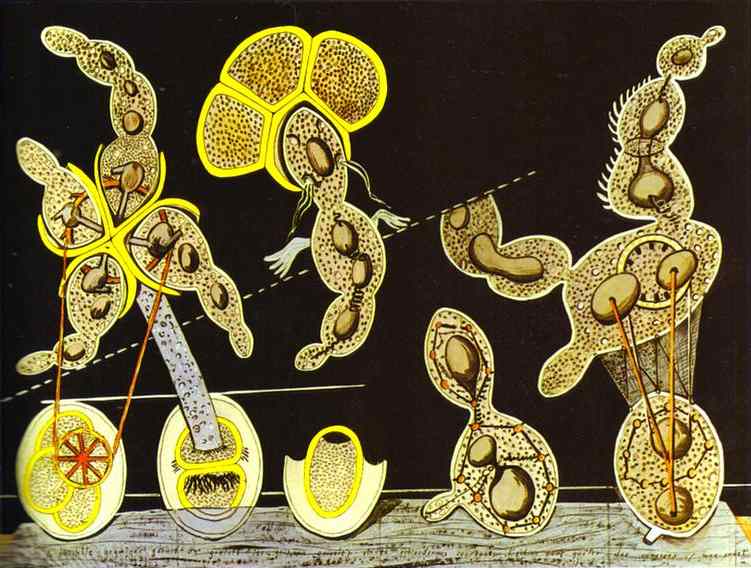The discussion of the chemistry of life always leads up to bigger and more evident levels of biological concepts. Thanks to eons of emergent interactions between the elements of life–CHNOPS–, we have cells, the basic unit of life. And it took mankind more than 2,000 years to make the important breakthrough of discovering that all life is made out of cells. So, all matter is made out of atoms–and the interaction of its subatomic particles with other atoms–, and all life is made out of cells.
In 1665, English scientist Robert Hooke studied nature by using an early light microscope. Thanks to his curiosity and his inquiry–and his skills as an artist; his drawings are valuable works of art–today we can talk about cells:

“By the help of Microscopes, there is nothing so small, as to escape our inquiry; hence there is a new visible World discovered to the understanding.”–Robert Hooke
Just imagine the sense of amazement and wonder that resulted from this discovery. Even centuries after Hooke’s observation, its ripples–or muses–were felt well into the 20th century. The following images are examples of art drawing inspiration from science. For Hooke, art was a tool: drawings had to be made of his observations. Many artists followed this tradition and produced true works of art that delight and teach at the same time. These pieces can be seen on textbooks and academic journals. But this being The Hypertextual Lounge, we can see the cell in the context of fine art:

Terry Winters, Double Gravity. This piece resembles embryonic cells at different stages of development.

Wassily Kandinsky, Succession. Notice the emergent quality of the shapes–which resemble bacteria and organelles–, reminiscent of evolution.

Max Ernst, The Gramineous Bicycle Garnished with Bells the Dappled Fire Damps and the Echinoderms Bending.
This piece clearly suggest cell morphology.
Activity — Enrichment of knowledge: Google the following concepts. These may be helpful when commenting on this blog post: ‘biomorphism’, ‘cell theory’, ’17th century textile industry’.
Primary source: If you wold like to know more about the cross-disciplinary aspects of cell biology and art, you can click here: Images of the Cell in 20th Century Art and Science. This information may also prove useful when commenting on this blog post.

You must be logged in to post a comment.